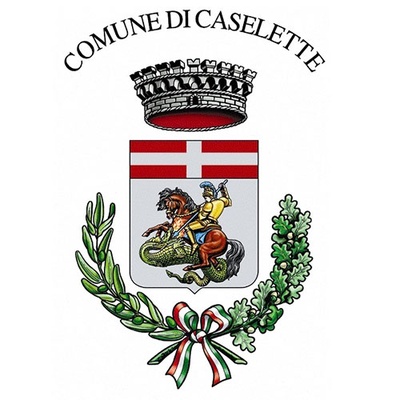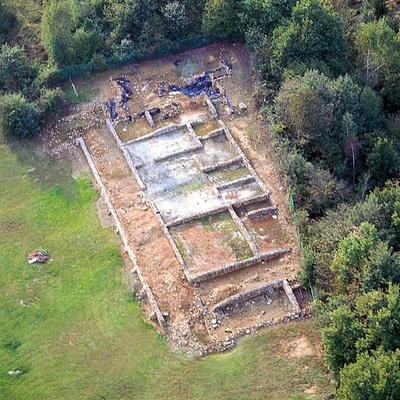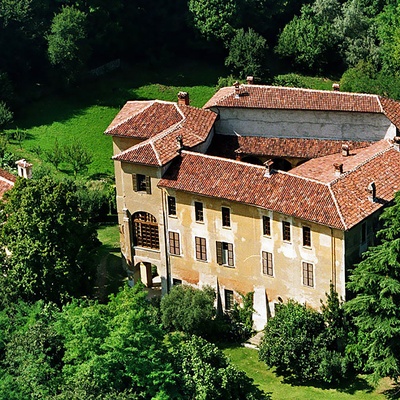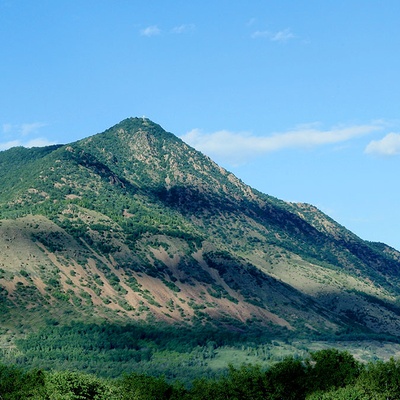
Via Alpignano, 48, 10040 Caselette
Caselette is located along the morainic relief at the foot of Mount Musinè, at the entrance to the Susa valley and with Almese a privileged point for controlling access to the plain and the Susa valley passes.
Evidence of its ancient origins is the trace of a settlement from the end of the Bronze Age between the localities of Cave and Lake Superiore, but it is certainly in Roman times that the territory was progressively affected by settlements along the Via delle Gallie and in this panorama it fits the rustic villa of Caselette. Built in the Augustan age, it was configured as an agricultural company where agricultural and livestock activities were practiced and perhaps an artisanal production of bricks.
In the Middle Ages it fell within the March of Turin among the possessions of Arduino il Glabrione and then passed to the Savoys who enfeoffed it with various lordships until the acquisition by the Cays family of Giletta.
Two important examples of excellent fortified buildings are found in Caselette: the Camerletto castle, a fortified grange dependent on the Novalesa Abbey built between the 11th and 12th centuries. on a hill on the slopes of Musinè; At the beginning of the fourteenth century, Cays Castle became a representative and elegant structure thanks to the construction of a brick tower, reachable from the courtyard via a monumental wooden staircase. Over the centuries and in the succession of families, the Bovetti, the Vagnoni di Trofarello, the Canali di Cumiana, the Valperga, the Cauda and finally the Cays di Giletta, the structure was strengthened and equipped with a noble chapel, prisons which became a real own plain castle with the use of terracotta and bricks.
In the 19th century it underwent the transformation into Gothic and Art Nouveau style that characterizes it today, to which an English garden was also added. In 1943 the Salesian fathers received it as a gift from Carlo Cays, the last descendant of the family - who had entered the order - and transformed it into a multipurpose centre, further modifying the appearance of the building.
The inhabited nucleus that developed around the castle also sees the church of San Giorgio Martire, known since 1043, which was reshaped in 1852 based on a design by the architect Barnaba Panizza: significant furnishings by the Turin sculptor Stefano Maria Clemente and the mechanical organ of the Tamburini family. Mount Musinè is certainly one of the best-known mountains in the lower Susa Valley: its morphological singularity, one of the largest xertoremic oases in the Region, has fueled curious legends about mysterious and alien civilizations over time. However, it is a pilgrimage destination for the community every year in January towards the Sanctuary of Sant'Abaco, a hermit chapel enlarged in the second half of the nineteenth century at the behest of Count Cays, a friend of Don Bosco who in that period wrote a hagiography of the saint.
Starting from 1960, the town developed beyond the nucleus of the castle, also occupying the flat territories that had until then been exclusive to an agricultural economy and now also affected by a small but widespread industrial entrepreneurship.







